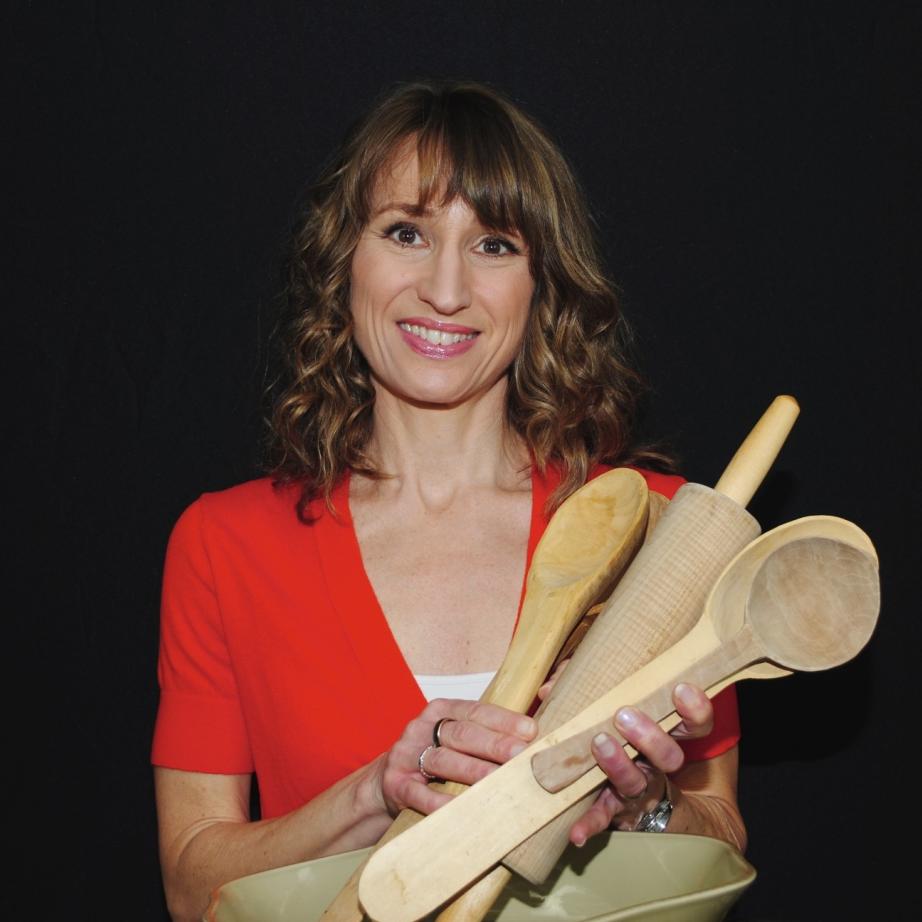Friday, Jan 11, 2013
Becky Libourel Diamond ’90 reveals the story of the once-renowned bakery and sweet-shop proprietor in Mrs. Goodfellow: The Story of America’s First Cooking School.
by Sean Ramsden
Many of today’s most cherished American ideals drew their first breaths in olden Philadelphia: democracy, freedom from tyranny, and … lemon meringue pie?
It’s true, and while the founding fathers are still widely studied today, the founder of the nation’s first cooking school, Mrs. Elizabeth Goodfellow – also the inventor of the tasty, tart treat – is a name unfamiliar to most.
Becky Libourel Diamond ’90 transports readers to early 19th-century Philadelphia for a painstakingly researched glimpse into the life of the once-renowned bakery and sweet-shop proprietor in her first book, Mrs. Goodfellow: The Story of America’s First Cooking School.
Diamond, who earned a B.A. in Journalism from Rider, reveals the story of Goodfellow, who once maintained a loyal culinary following among the city’s more well-heeled population. Her thorough account of a day in Goodfellow’s shop at 64 Dock Street, beginning early in the morning of September 20, 1815, is interwoven with chapters that detail the ingredients and customs of the day, the cooking school, and the subsequent rise of the industry. The daily accounts are speculative, but based on verifiable facts compiled by Diamond and others to create the scenes.
We see Goodfellow, rising at 4 a.m., to begin her work by candlelight, to maintain what Diamond writes was “a high-end business. She was supplying fancy, sugary creations of all kinds – cakes, puddings, desserts, pastries and so on – not the plain ‘sustenance’ foods like pies or buckwheat cakes sold by some of her contemporaries” Goodfellow also ran a brisk catering business, and it was these aristocratic clients who also sought her services to teach their daughters the art of fine cooking. As a result, Goodfellow operated a school in her kitchen that was the first of its kind.
“These were important skills for girls who hoped to marry well. They had to at least be able to properly instruct their servants,” said Diamond, adding that pubs and taverns were no place for women, so without proper restaurants, dinner parties became the center of gastronomic society. “Her kitchen was essentially a finishing school, where mothers could send their daughters to learn ‘the arts.’ ”
An avid cook as well as a freelance writer, Diamond says she was inspired a number of years ago by an article about Goodfellow in a food magazine.
“It made me think it would be a good subject for a book,” Diamond said, noting that while Goodfellow’s recipes were well-recorded by her students, the facts of her life had been badly blurred by time. She set out to learn the story of the thrice-widowed Philadelphian, who not only pioneered the cooking school, but has much to teach her culinary descendants about the value of fresh or locally grown ingredients.
“Mrs. Goodfellow’s main philosophy was to integrate American products, like corn meal, into traditional British recipes,” Diamond explained.
In her research, Diamond walked the route Goodfellow would travel from her shops in Old City, along the eastern end of Market Street, to procure the freshest ingredients. “Today, we are getting back to the way she was shopping, looking for local and fresher ingredients. Workers would unload lemons fresh from Portugal right on the docks, and she would have her servants buy them up.”
Those lemons helped Goodfellow earn her place in history as the inventor of the lemon meringue pie, according to Diamond and Pennsylvania food historian William Woys Weaver. Already noted for her lemon pudding, the efficient and frugal Goodfellow whipped her spare egg whites into a stiff topping that paired well with the tangy pastries. After a palatable portion of history, readers will also learn recipes that can be confidently attributed to the cooking school, developed by Goodfellow, whose maiden name – Baker – perhaps foretold her enduring legacy to American cookery.

